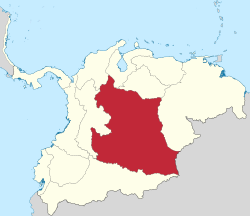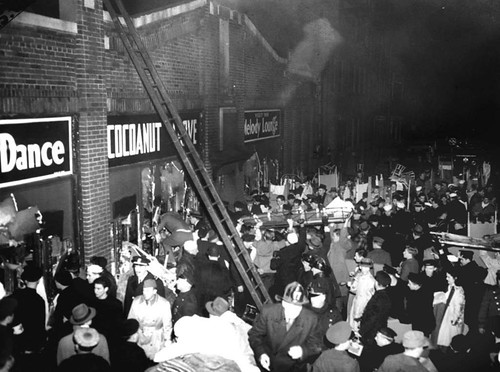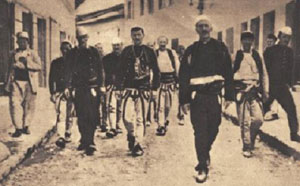Mauritania becomes independent of France.
Mauritania is a country located in Northwest Africa:
Capital and Largest City: The capital city of Mauritania is Nouakchott.
Population: As of my last knowledge update in January 2022, Mauritania had a population of around 4.6 million people. Please note that population figures may have changed since then.
Official Language: Arabic is the official language, and French is also widely used, particularly in administrative and educational contexts.
Currency: The currency used in Mauritania is the Mauritanian ouguiya.
Geography: Mauritania is characterized by vast desert landscapes, with the Sahara Desert covering much of its territory. The country has a coastline along the Atlantic Ocean to the west.
Independence: Mauritania gained independence from France on November 28, 1960.
Government: Mauritania is a presidential republic, and the President of the Republic serves as both the head of state and head of government.
Economy: Mauritania’s economy is heavily dependent on agriculture, fishing, and mining. The country is a significant producer of iron ore, and mining plays a crucial role in its economy.
Culture: Mauritania has a rich cultural heritage influenced by Arab-Berber traditions. Traditional music, dance, and oral literature are important aspects of Mauritanian culture. The country is also known for its distinctive Moorish architecture.
Religion: Islam is the predominant religion in Mauritania, with the majority of the population adhering to Sunni Islam.
Issues: Mauritania faces challenges such as poverty, human rights concerns, and issues related to slavery, which has been officially abolished but still persists in some forms.
Wildlife: Despite its arid landscapes, Mauritania is home to diverse wildlife, including various bird species. Banc d’Arguin National Park, a UNESCO World Heritage Site, is known for its biodiversity, especially its birdlife.



